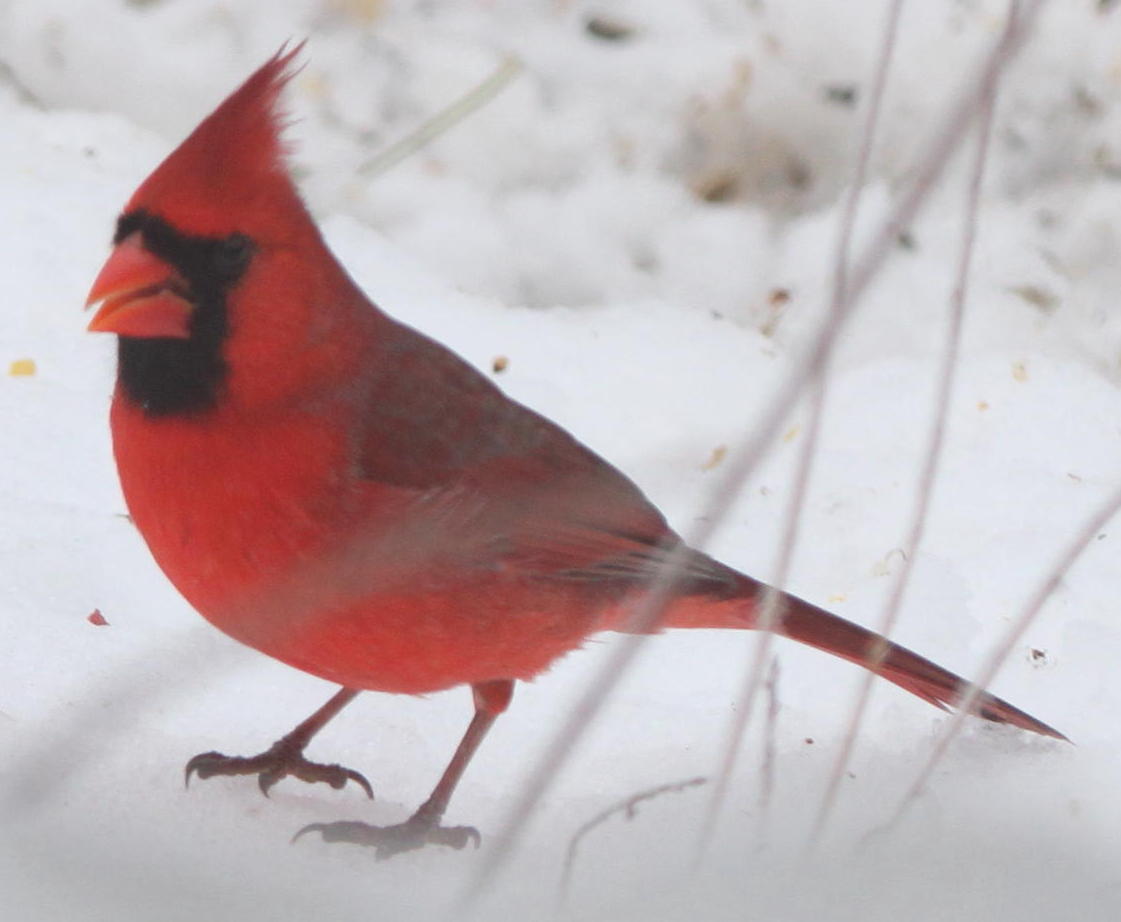
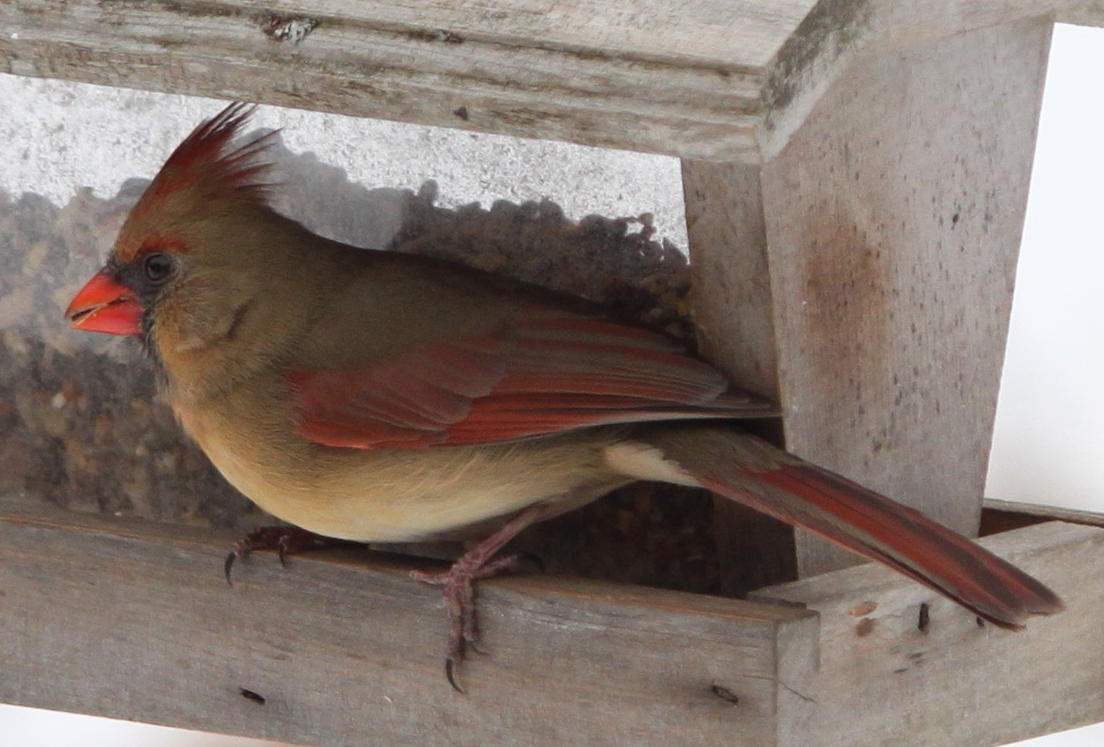
|
The Mystery At The Birdfeeder Bird Details |

|
The Northern Cardinal | 
|
|||
The Northern Cardinal is a seed eater. Their beak has sharp edges to crack open the seeds. Black-oil sunflower seeds are a favorite, in addition to safflower seeds. They eat seeds in general, along with insects, fruit, and grain. Cardinals prefer eating closer to the ground or on the ground. Found in Eastern and Southern United States. |
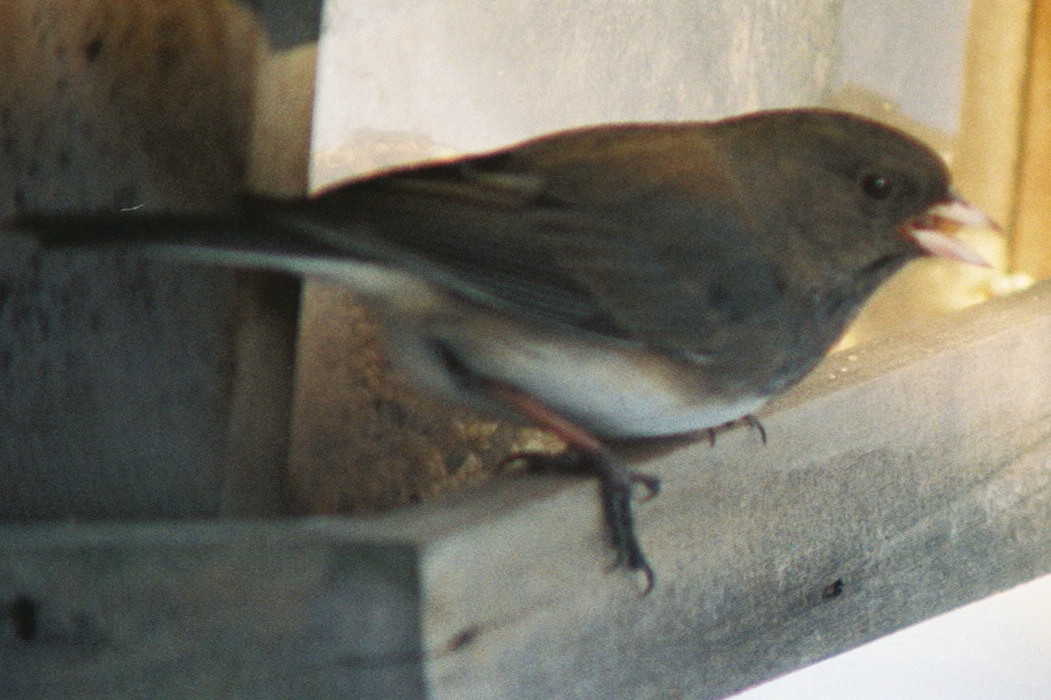
|
Slate-colored Dark-eyed Junco | 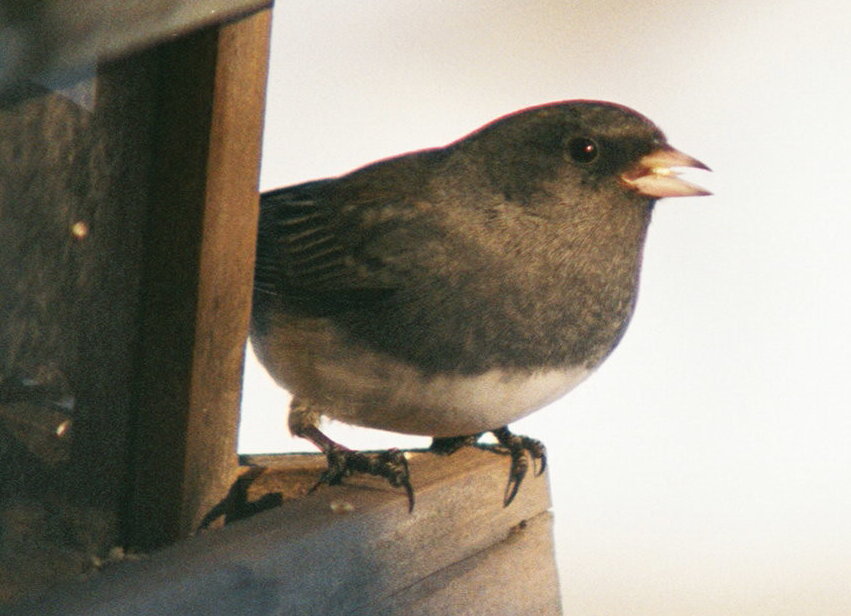
| >
|||
The Dark-eyed Junco is mostly a seed-eater. They enjoy seeds of chickweed, buckwheat, lambís quarters, and sorrel. When the Junco visits the bird feeder it prefers millet to sunflower seeds, leaving them for the cardinal, chickadee land titmouse. The junco also eats insects such as beetles moths, butterflies, caterpillars, ants, wasps, and flies. Dark-eyed Juncos can be found throughout the continental United States during the winter and in Canada and Alaska in the warm summer months. They can be found year around in the Northeast states, some Western states, and Northern Michigan. |
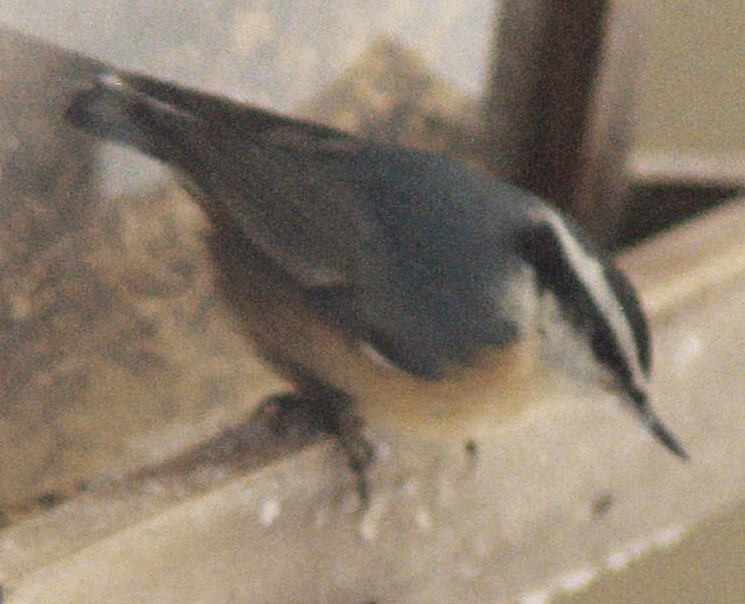
|
Red Breasted Nuthatch | 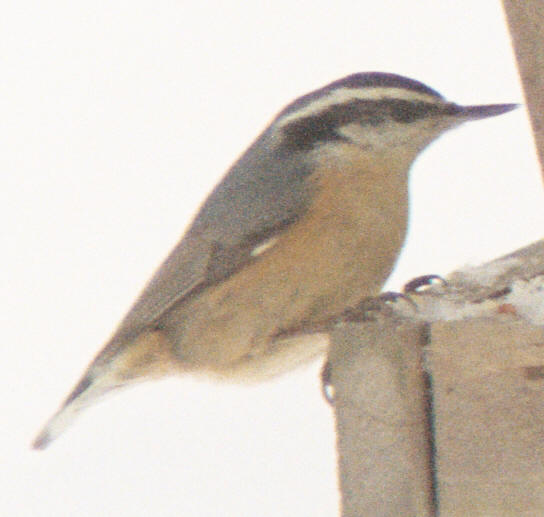
|
|||
The Red Breasted Nuthatch prefers to eat insects and similar creatures such as beetles, caterpillars, spiders, ants, and earwigs. When available, they also feed on the spruce budworm. In the fall and winter they eat conifer seeds, many of which they hid earlier in the year. When a feeder is available, the nuthatch enjoys peanuts, sunflower seeds, and suet. The Red Breasted Nuthatch is found in Canada and some Western states year around, and in all of the continental United States during the Winter. |
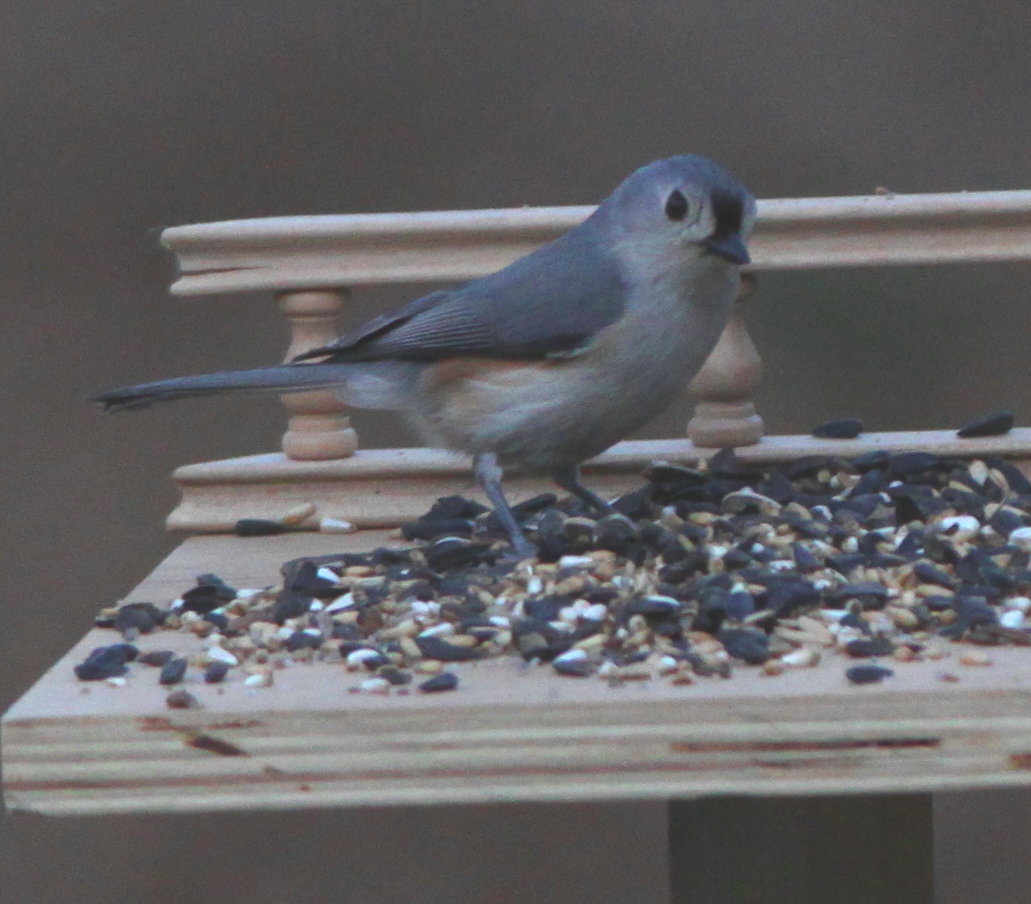
|
The Tufted Titmouse | 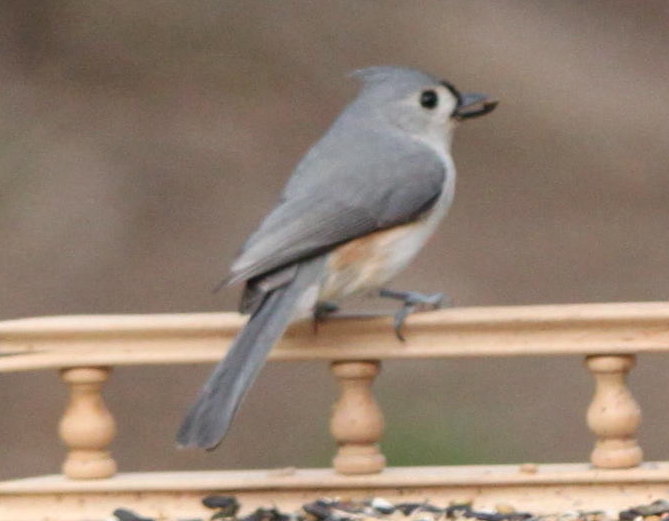
|
|||
The Tufted Titmouse likes the same food as the Chickadee, seeds, suet, and insects. The bigger the seed, the better, as the Titmouse chooses the largest seed available when at a birdfeeder. Insects eaten include caterpillars, beetles, ants, wasps, stink bugs, and treehoppers in addition to spiders and snails. Nuts, berries, acorns, and beech nuts are not too big to eat. The Tufted Titmouse can be found all along the Eastern United States. |
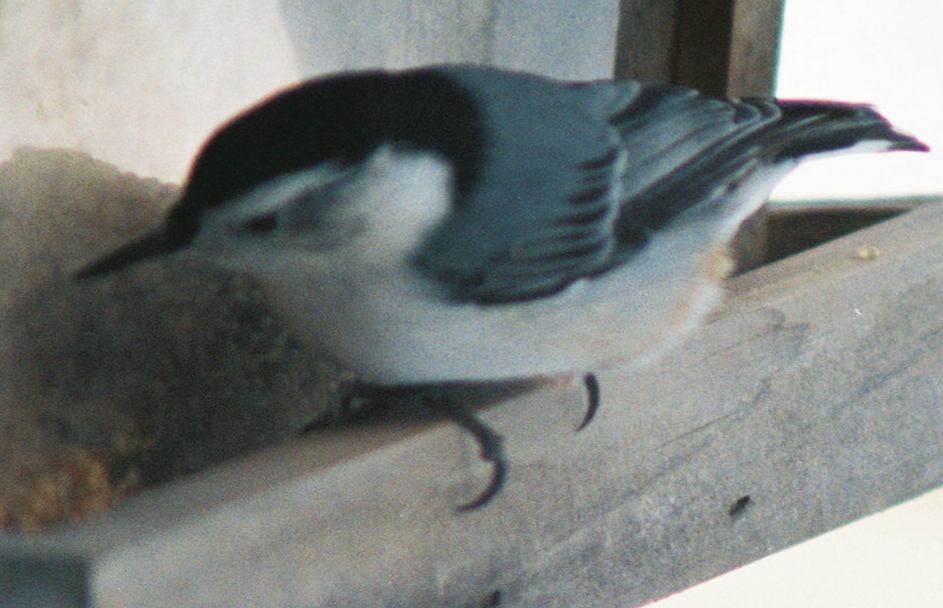
|
White Breasted Nuthatch | 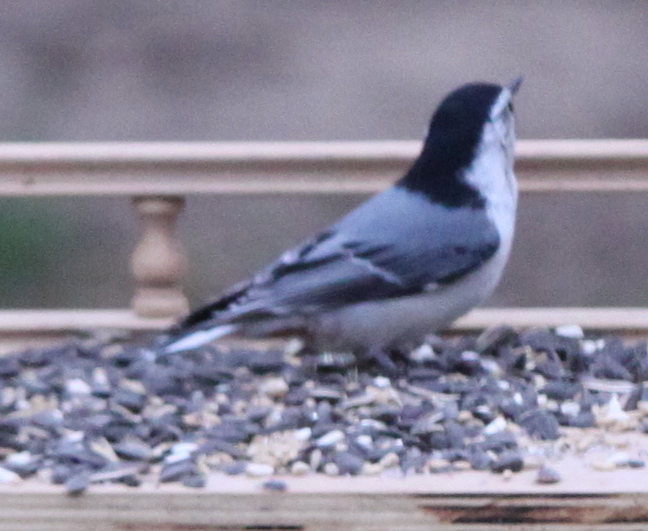
|
|||
The White Breasted Nuthatch eats mainly insects and similar creatures including weevil larvae, wood-boring beetle larvae, beetles, tree hoppers, scale insects, ants, caterpillars, stinkbugs, click beetles, and spiders. Also in their diet are acorns, hawthorn, sunflower seeds, and sometimes corn. At birdfeeders they enjoy sunflower seeds, peanuts, suet, and peanut butter. The White Breasted Nuthatch likes to feed with other birds, as it feels more comfortable. If there are no titmice around, the nuthatch will probably stay away, sensing danger. The White Breasted Nuthatch is found year around in most of the continental United States, Mexico, and parts of Western Canada. |
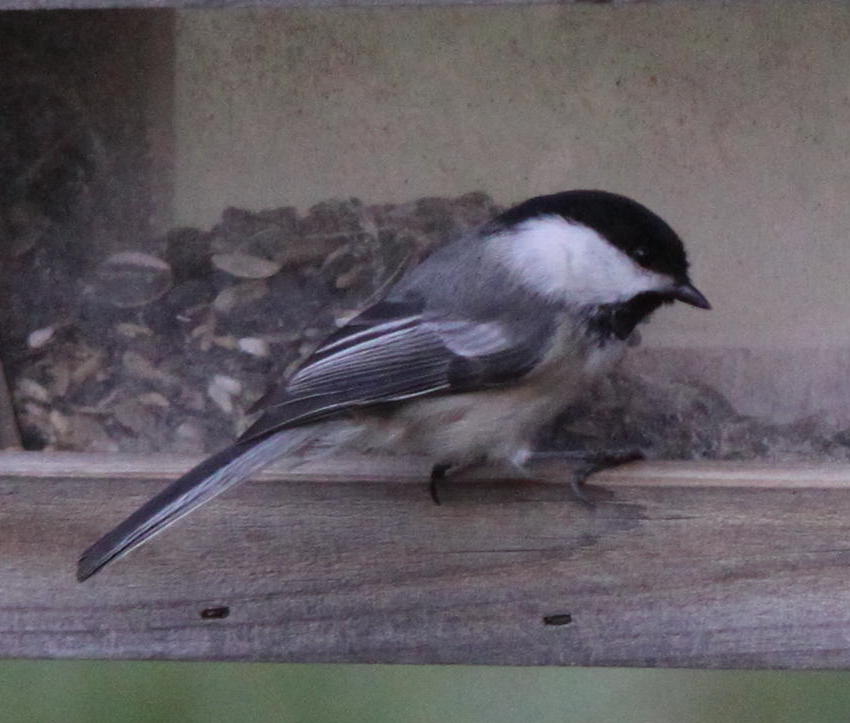
|
Black-capped Chickadee | 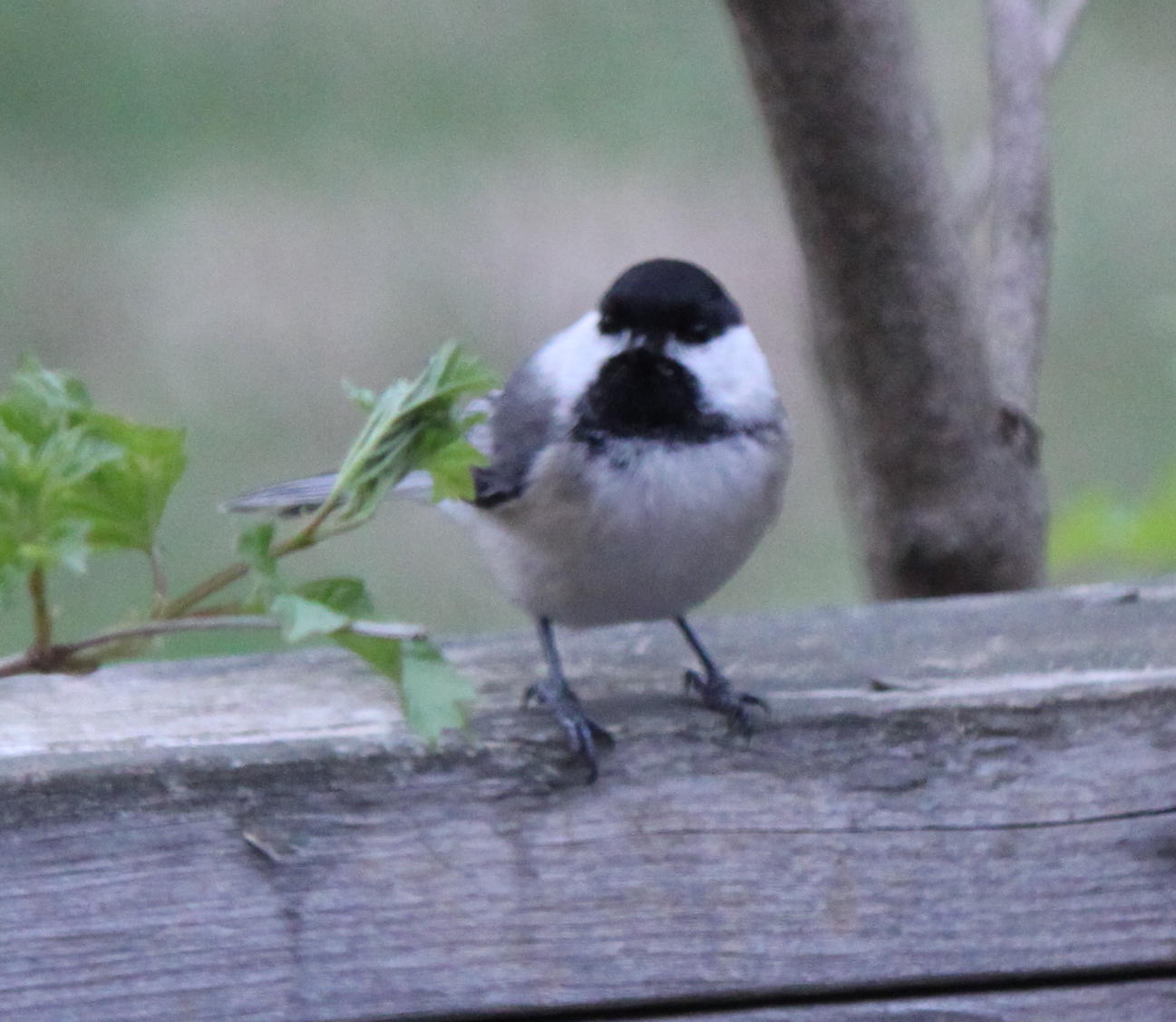
|
|||
The Black-capped Chickadee also enjoys black-oil sunflower seeds and safflower seeds but also likes suet. During warmer months insects, spiders, and other animal food make up about 80-90 percent of their diet. In the winter seeds, berries, and plant matter account for more than half of their diet. The Black-capped Chickadee can be found from the Northern United States and Canada and through to the southern portion of Alaska. |
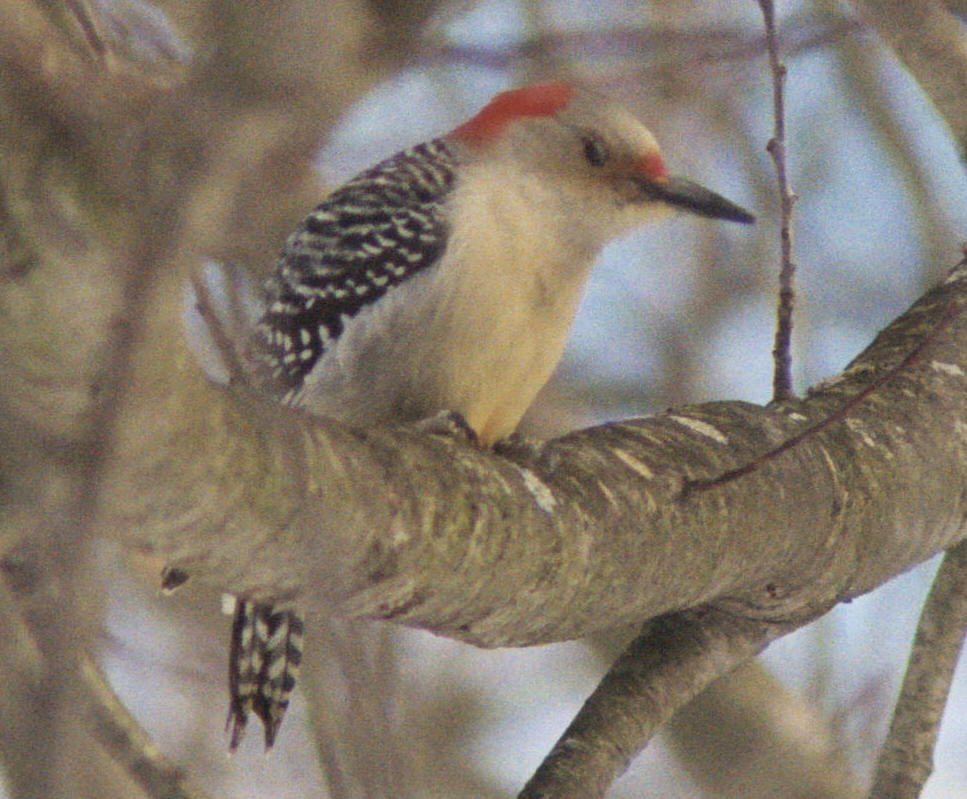
|
Red-bellied Woodpecker | 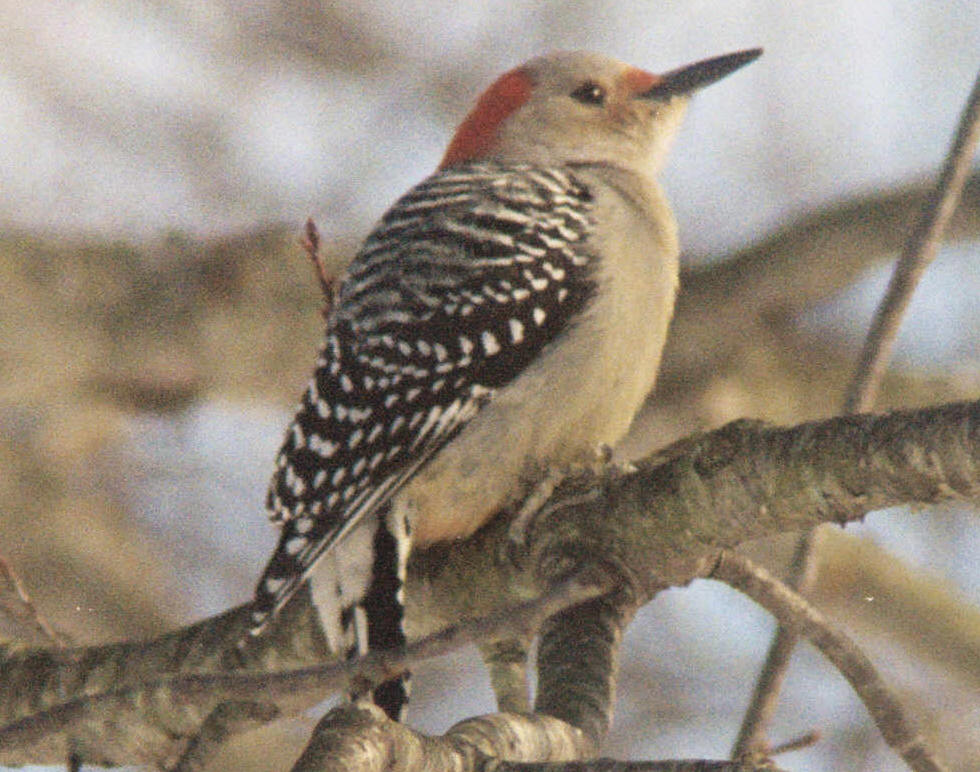
|
|||
The Red-bellied Woodpecker feeds on insects and finds them in the cracks in the bark of trees. Finding a birdfeeder, they enjoy the seeds and will push away other birds, except the more aggressive Blue Jay. The Red-bellied Woodpecker can be found in most areas of the United States, east of the Mississippi River. |
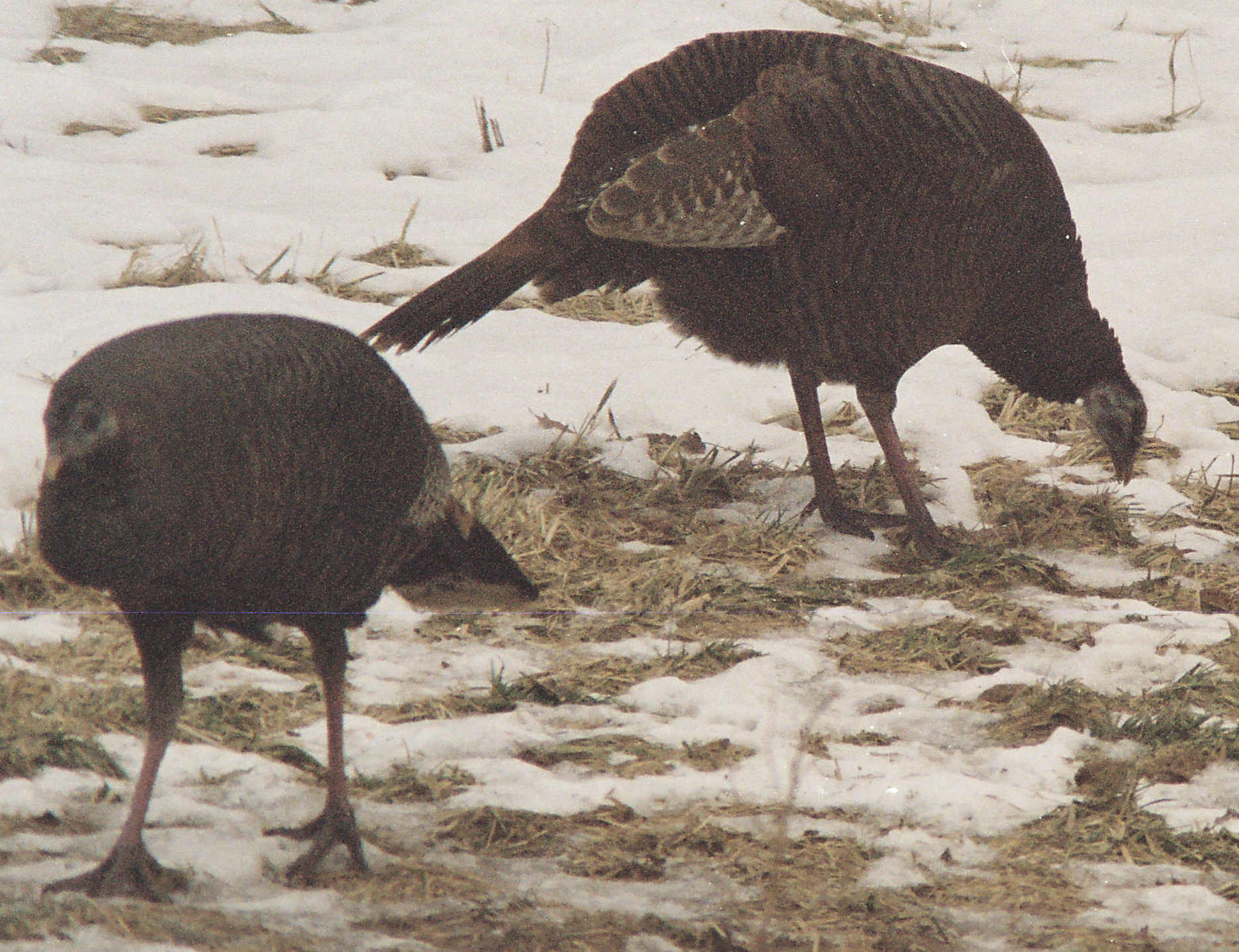
|
Wild Turkey | 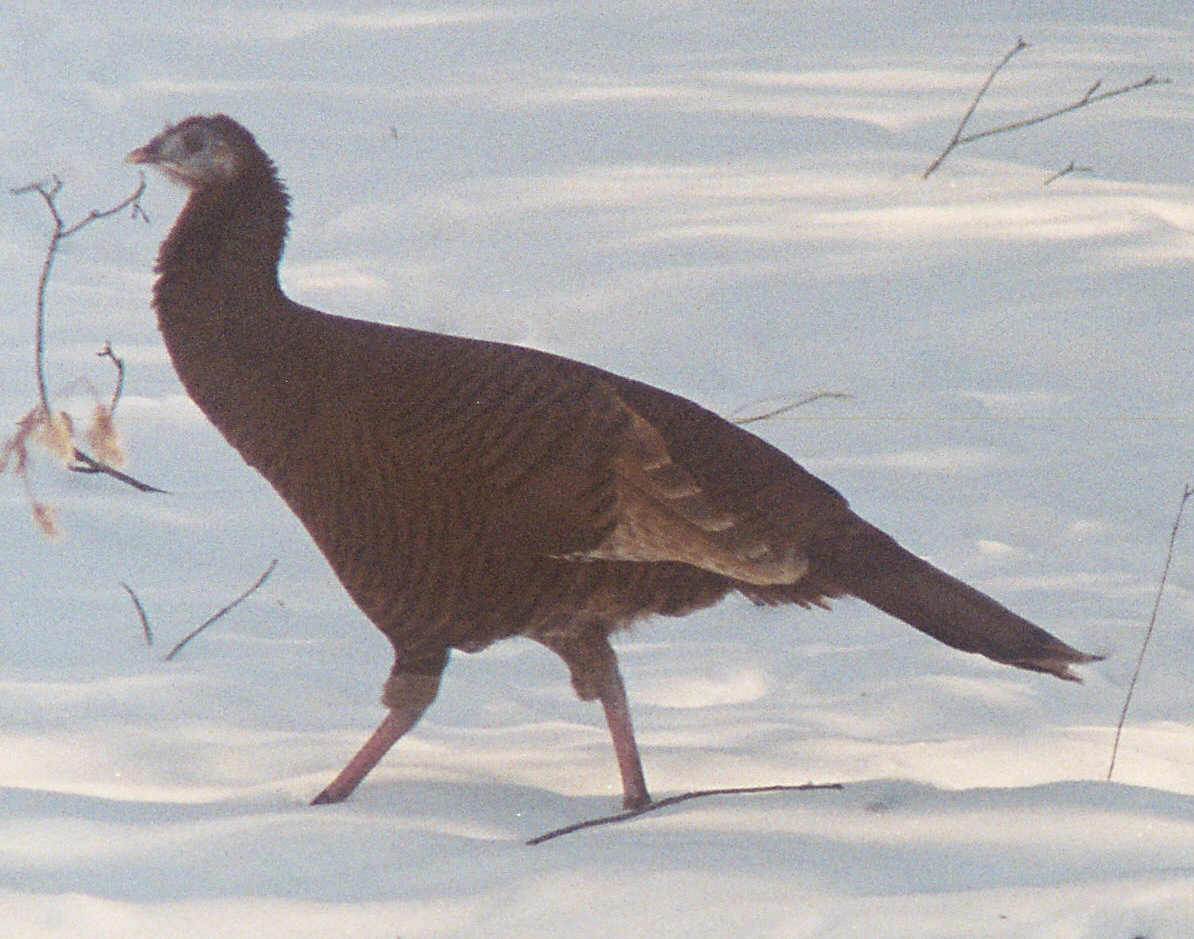
|
|||
The Wild Turkey feeds on acorns, nuts, seeds, fruits, insects, buds, fern fronds, and salamanders. It is found in much of the Eastern United States and various parts of the Western States and Mexico. |